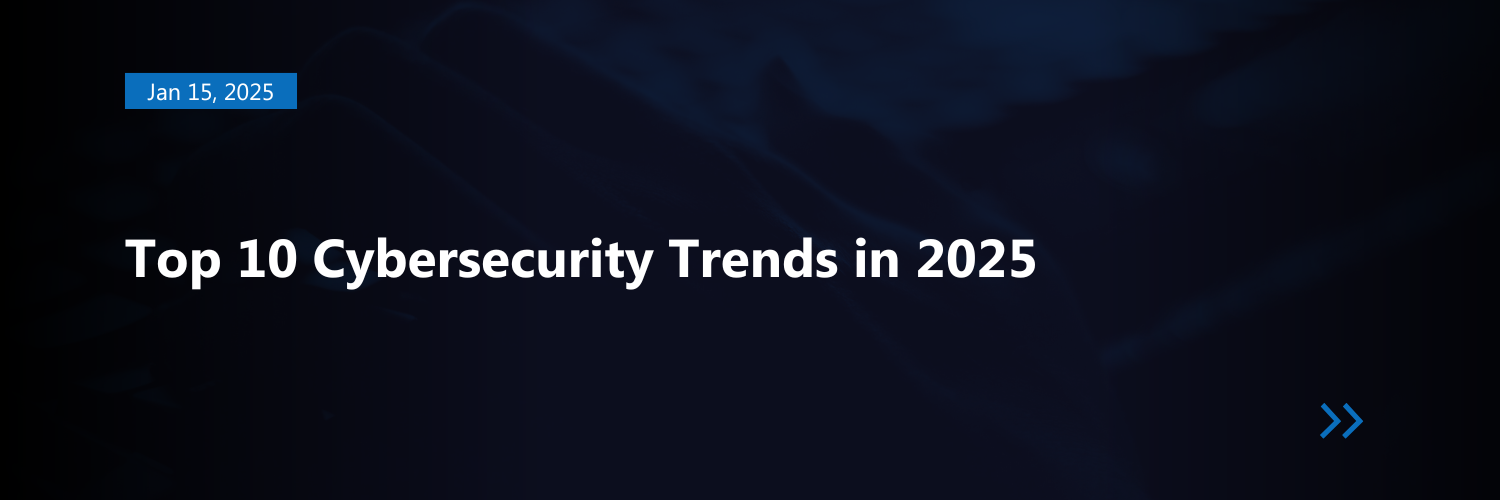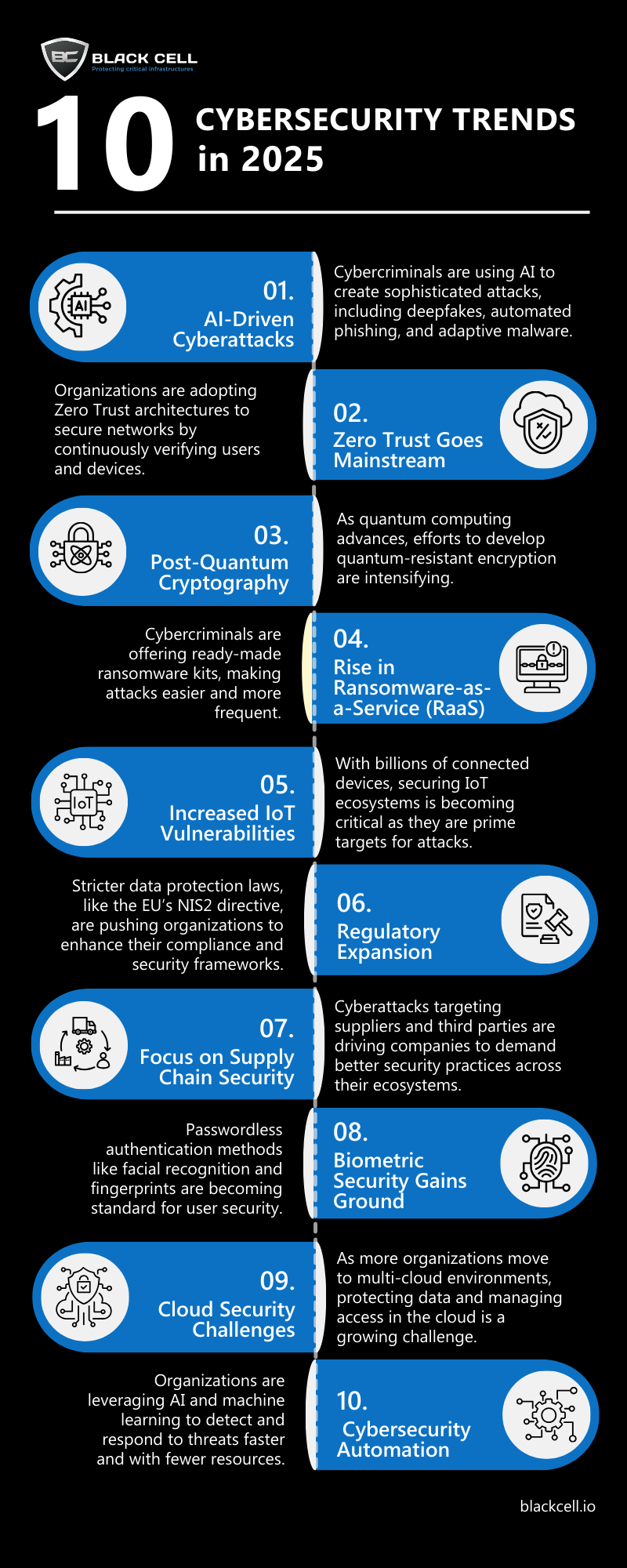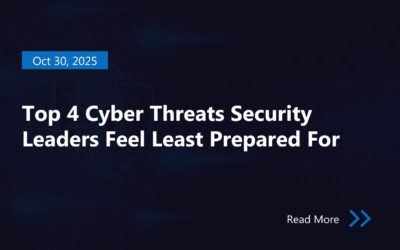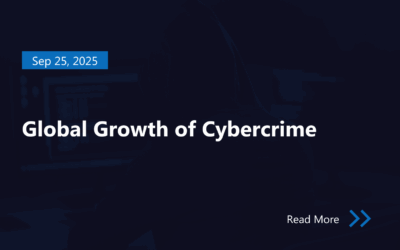1️⃣ AI-Driven Cyberattacks: Cybercriminals are using AI to create sophisticated attacks, including deepfakes, automated phishing, and adaptive malware.
2️⃣ Zero Trust Goes Mainstream: Organizations are adopting Zero Trust architectures to secure networks by continuously verifying users and devices.
3️⃣ Post-Quantum Cryptography: As quantum computing advances, efforts to develop quantum-resistant encryption are intensifying.
4️⃣ Rise in Ransomware-as-a-Service (RaaS): Cybercriminals are offering ready-made ransomware kits, making attacks easier and more frequent.
5️⃣ Increased IoT Vulnerabilities: With billions of connected devices, securing IoT ecosystems is becoming critical as they are prime targets for attacks.
6️⃣ Regulatory Expansion: Stricter data protection laws, like the EU’s NIS2 directive, are pushing organizations to enhance their compliance and security frameworks.
7️⃣ Focus on Supply Chain Security: Cyberattacks targeting suppliers and third parties are driving companies to demand better security practices across their ecosystems.
8️⃣ Biometric Security Gains Ground: Passwordless authentication methods like facial recognition and fingerprints are becoming standard for user security.
9️⃣ Cloud Security Challenges: As more organizations move to multi-cloud environments, protecting data and managing access in the cloud is a growing challenge.
🔟 Cybersecurity Automation: Organizations are leveraging AI and machine learning to detect and respond to threats faster and with fewer resources.
Cyber threats are evolving rapidly in 2025. Staying ahead requires a proactive approach to innovation, compliance, and resilience.
Author

Gergő Gyebnár
CHIEF EXECUTIVE OFFICER
Related Posts
Top 4 Cyber Threats Security Leaders Feel Least Prepared For
Even the most experienced security leaders admit they’re not fully ready for every threat lurking...
Global Growth of Cybercrime
In today’s hyper-connected world, cybercrime is no longer a distant threat - it’s a looming...





